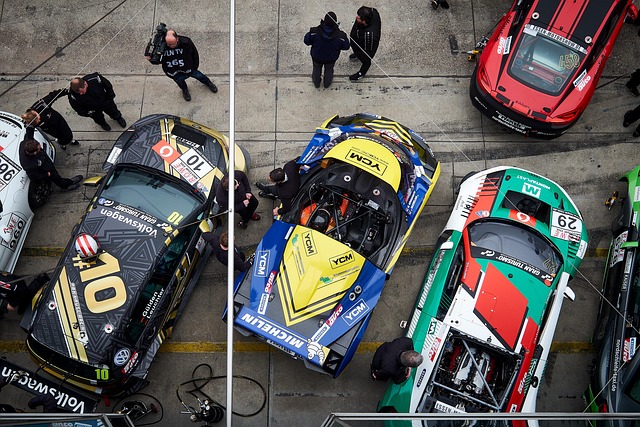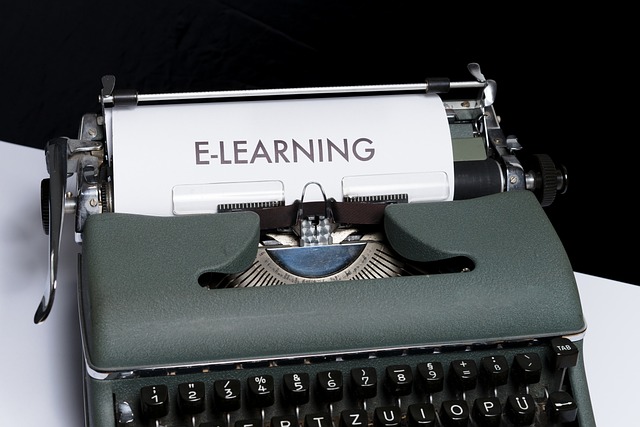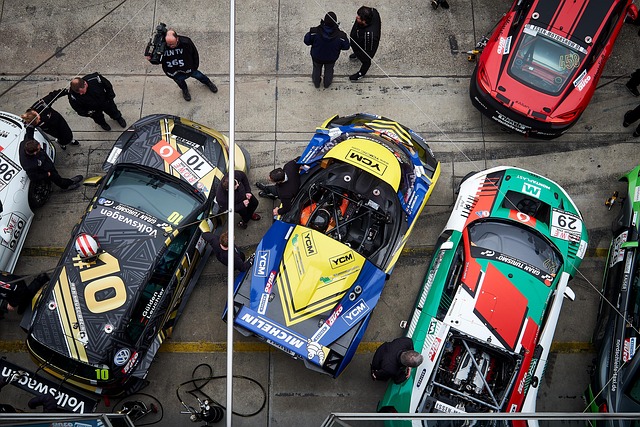In the fast-paced world of eSports, mastering team position is not just a tactical advantage—it’s a game-changer. As competitions grow increasingly fierce, understanding the dynamics of team formation can take your gaming experience from casual to professional. Whether you’re a seasoned player or a newcomer, embracing the intricacies of team position can elevate your gameplay and ensure your squad emerges victorious.
Every title in the gaming sphere offers its unique set of challenges and strategies, yet one universal truth remains: effective teamwork is paramount. A solid grasp of team position allows players to synergize their strengths and cover each other’s weaknesses. Imagine executing a perfectly timed flank in a first-person shooter or orchestrating an intricate play in a multiplayer online battle arena (MOBA). These moments are where the magic happens, and they all hinge on how well players understand teamwork and positioning.
One of the most important aspects of team position is communication. In eSports, clear and concise communication can mean the difference between winning and losing. Whether you are using voice chat or in-game signals, ensuring that all members are on the same page will help your team anticipate movements and strategize effectively. This is where trust becomes crucial—each teammate must have confidence in their role and the roles of their comrades.
Another vital component is understanding the different roles within your team. In games like League of Legends or Counter-Strike, each position plays a specific part in the bigger picture. Take the time to delve into the strengths and weaknesses of each role in your chosen game. For instance, knowing when to take on the role of a tank, damage dealer, or support player can help maintain the balance needed for effective team positioning.
Moreover, map awareness plays a significant role in optimizing team position. Every pixel of the game environment can be leveraged to gain an upper hand over your opponents. By familiarizing yourself with key areas of the map—like choke points, high ground, or objective sites—you can position your team to capitalize on enemy movements. This kind of strategic positioning requires not just knowledge but also a level of intuition that can be developed over time.
Finally, practicing drills and scrimmages with your team can significantly enhance your understanding of team dynamics. Setting up scenarios where players can work on positioning, communication, and role execution fosters a strong foundation and makes everyone more adaptable in live matches. The more you play together, the more naturally your team will flow, transitioning from individual players to a cohesive unit.
In summary, mastering team position in eSports gaming is essential for anyone aiming to rise through the ranks. The blend of communication, understanding roles, map awareness, and practice creates not just a winning formula, but also a fulfilling gaming experience. So gather your team, refine your strategies, and prepare to dominate the next tournament with an unparalleled sense of unity and tactical prowess!




